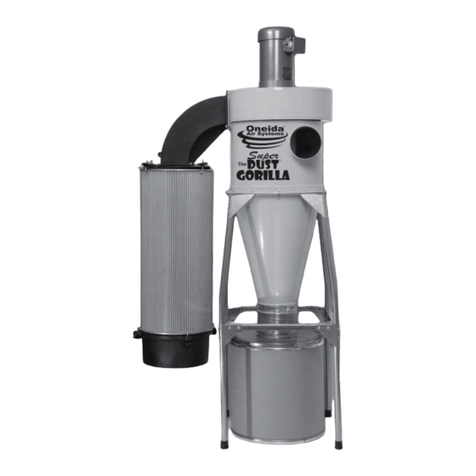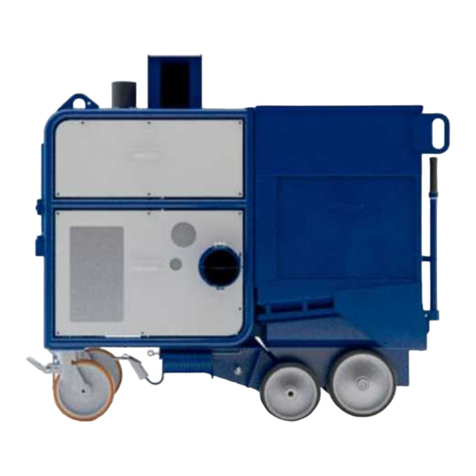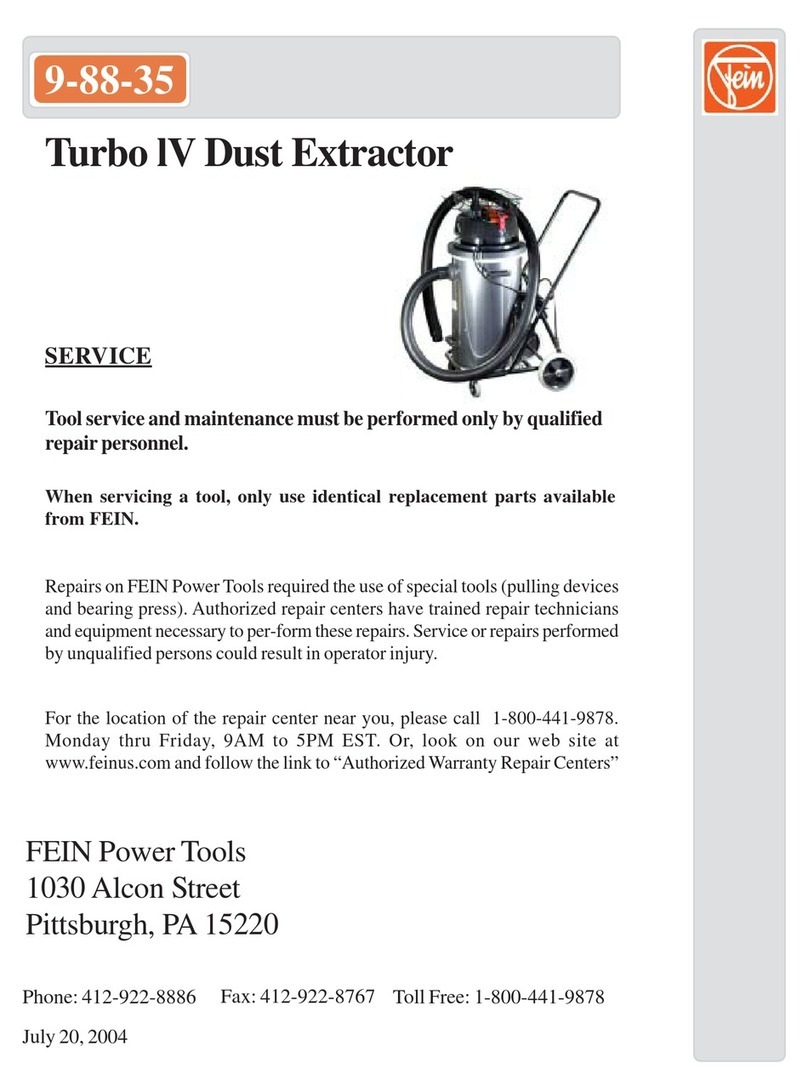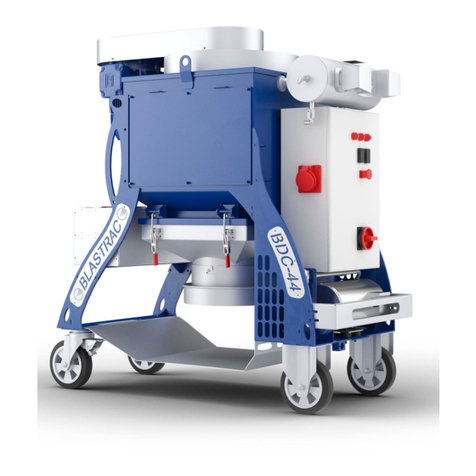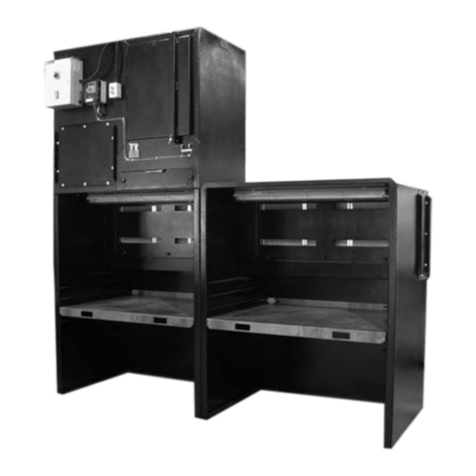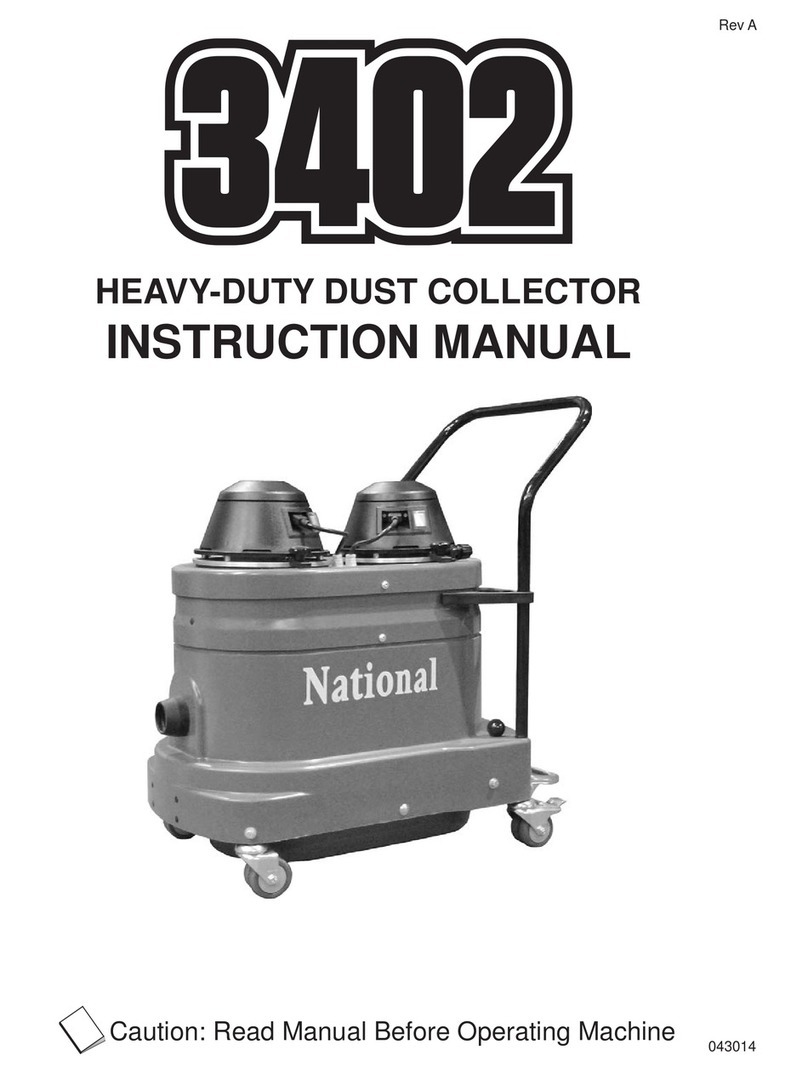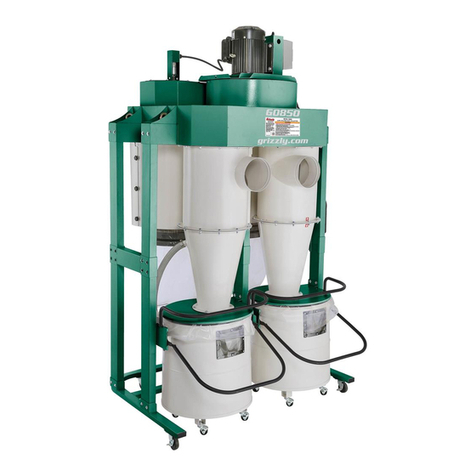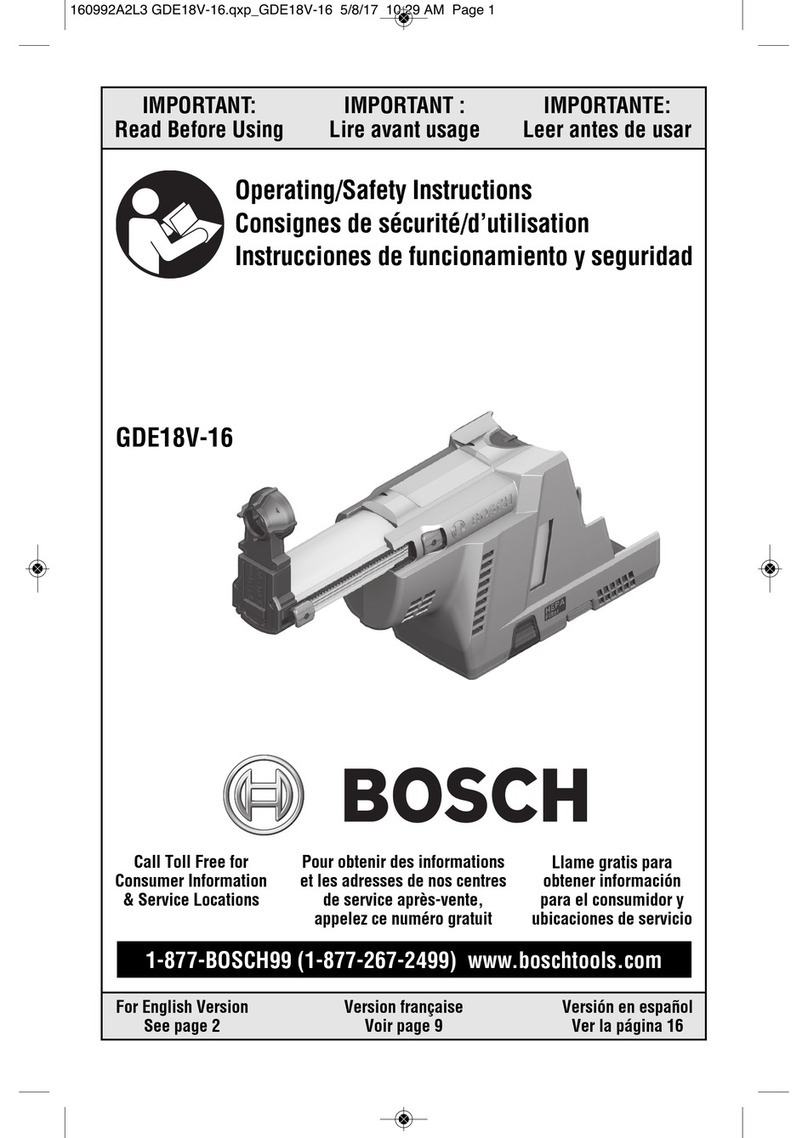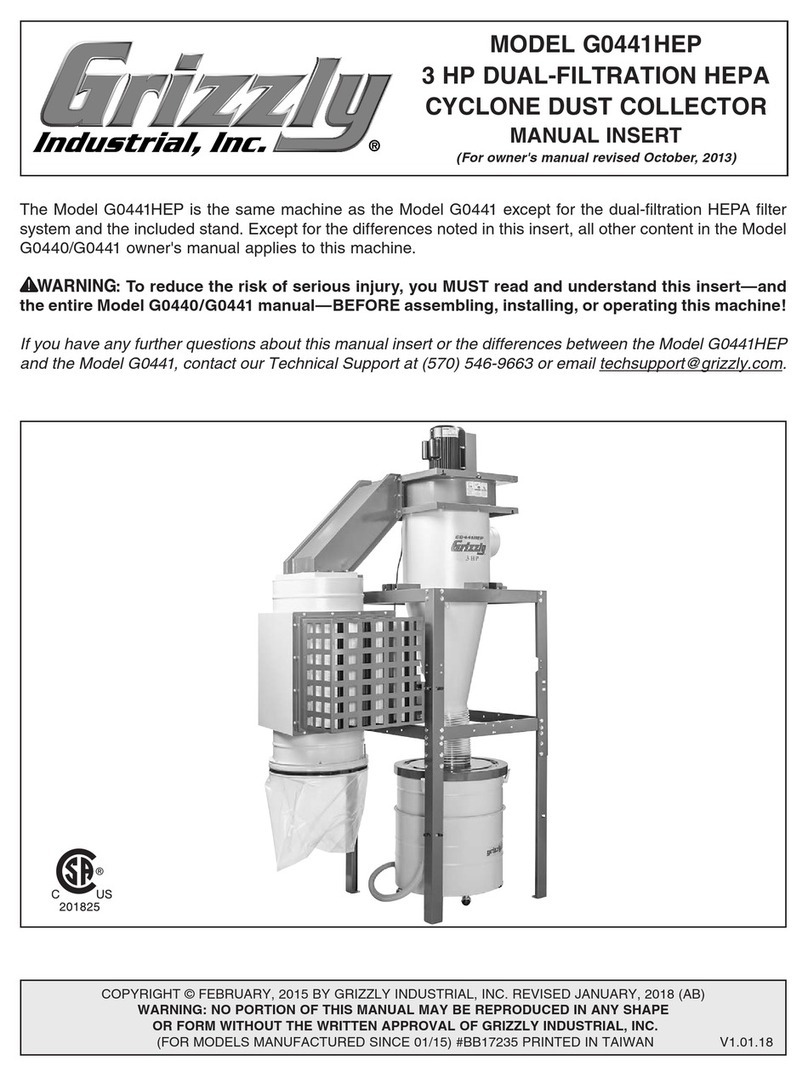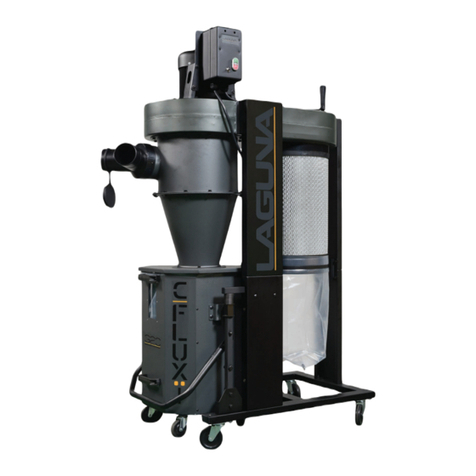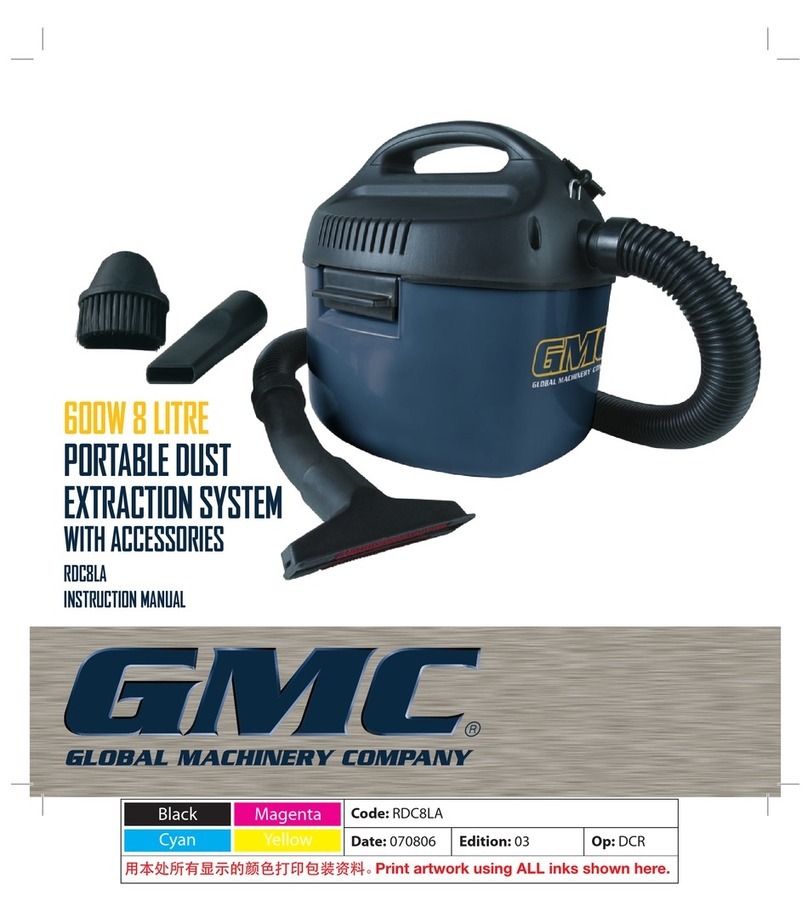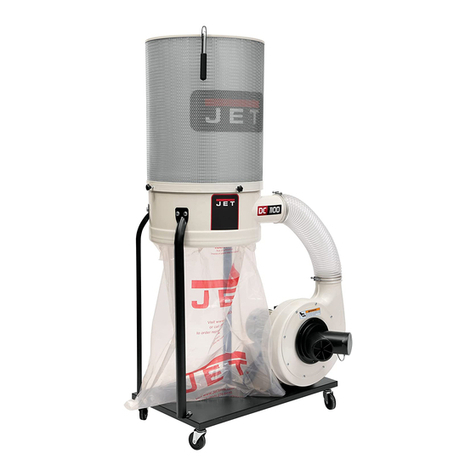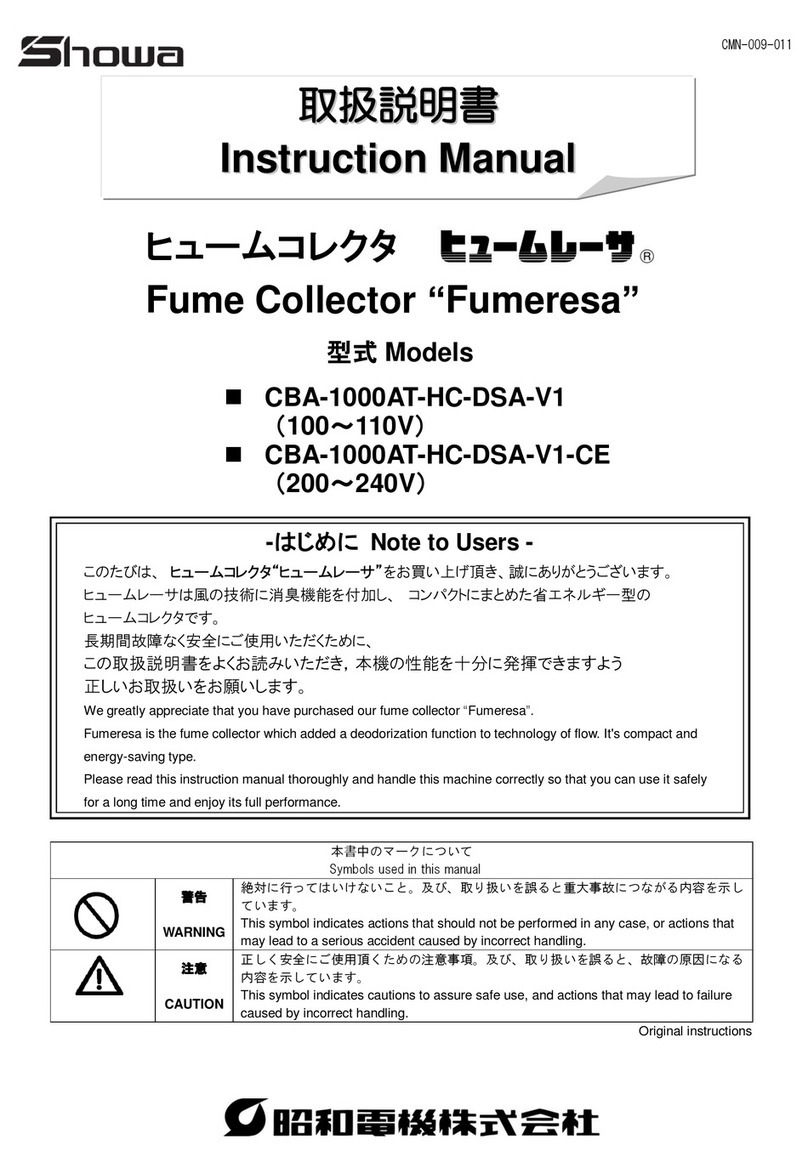
Index of Contents
1. Foreword..................................................................................................................................................2
2. Machine Description.............................................................................................................................3
2.1 Feature Identification.................................................................................................................... 3
2.2 Specification...................................................................................................................................4
2.3 Electrical Power Requirement.....................................................................................................5
3. Safety Regulations................................................................................................................................7
3.1 General Safety Instructions......................................................................................................... 7
3.2 Specific Safety Instructions for the Dust Processor.................................................................8
4. Installation of the Machine..................................................................................................................9
4.1 Transportation of Machine........................................................................................................... 9
4.2 Positioning the Machine ...........................................................................................................10
4.3 Assembly...................................................................................................................................... 10
4.3.1 Unpacking............................................................................................................................. 10
4.3.2 Removing the Pallet .......................................................................................................... 10
4.3.3 Connection............................................................................................................................ 11
4.3.4 Power Supply........................................................................................................................11
4.3.5 Air Supply.............................................................................................................................. 12
5. Function and Operation.................................................................................................................... 13
5.1 Touch Screen Operation Instruction.........................................................................................13
5.2 Instructions for Remote Control................................................................................................ 18
5.3 Instructions for Synchronous Control.......................................................................................18
5.4 Pulse Parameters........................................................................................................................19
5.5 Use of Dust Bin............................................................................................................................19
5.6 Use of Dust Box.......................................................................................................................... 19
6. Maintenance......................................................................................................................................... 20
6.1 Cleaning Dust Bin....................................................................................................................... 20
6.2 Cleaning Dust Box...................................................................................................................... 20
6.3 Cleaning or Changing the Filters..............................................................................................20
7. Troubleshooting.................................................................................................................................. 21
8. Parts list.................................................................................................................................................22
9. Declaration of Conformity................................................................................................................ 31


